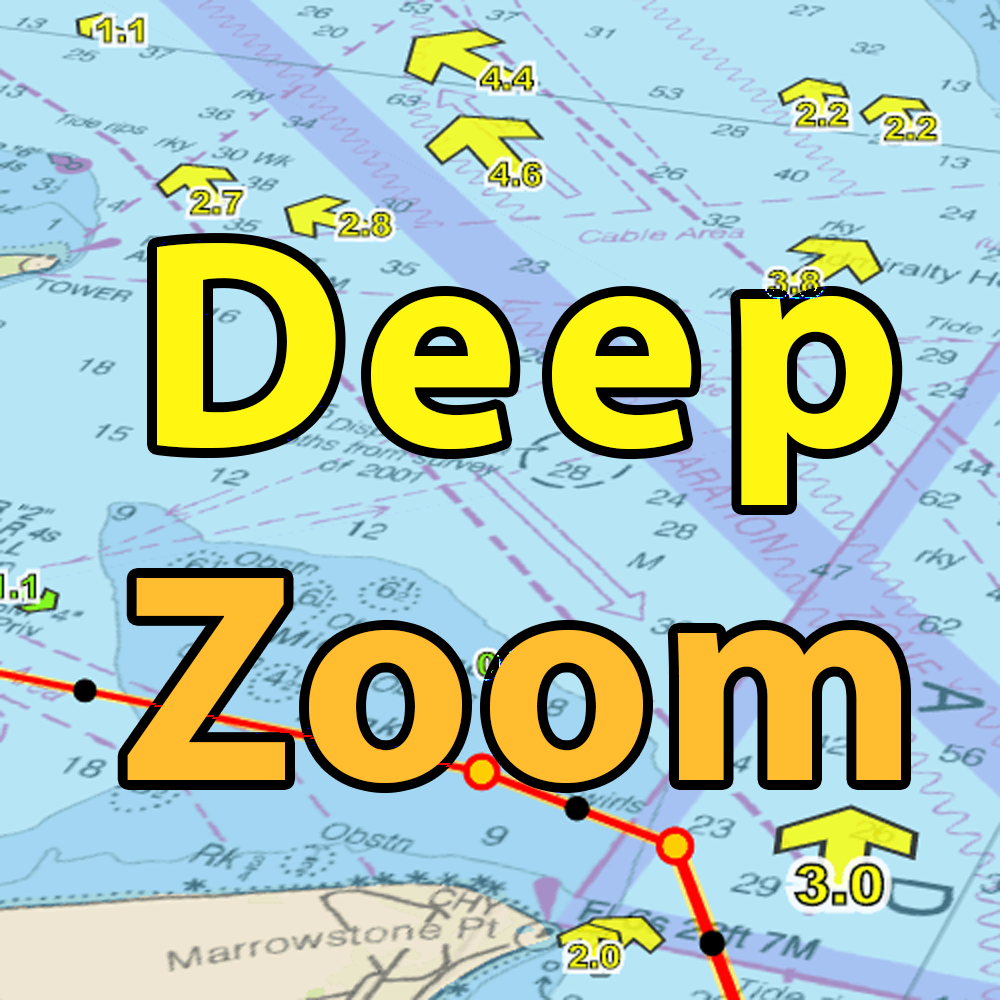undrwater
Contributor
If the dive site was unknown to myself and buddy, I wouldn't feel prepared to dive there.What do you mean? Dive site? Dive planning? Or ....?
To add: I almost always shore dive.
Welcome to ScubaBoard, the world's largest scuba diving community. Registration is not required to read the forums, but we encourage you to join. Joining has its benefits and enables you to participate in the discussions.
Benefits of registering include
If the dive site was unknown to myself and buddy, I wouldn't feel prepared to dive there.What do you mean? Dive site? Dive planning? Or ....?
If you don't know anything about a dive site, you are not prepared to dive there, no matter how much training you have.If the dive site was unknown to myself and buddy, I wouldn't feel prepared to dive there.
To add: I almost always shore dive.
If you had a good dive map would you be comfortable diving? Is the content in this document helpful? .If the dive site was unknown to myself and buddy, I wouldn't feel prepared to dive there.
To add: I almost always shore dive.
You need tide information. If you have never dived where tides matter (and I bet most people have not), that map won't help.If you had a good dive map would you be comfortable diving? Is the content in this document helpful? .
If not, I'd love feedback on how I could improve it.
Did you actually read the document? Or is this simply insufficient? Spread over pages 30-31.You need tide information. If you have never dived where tides matter (and I bet most people have not), that map won't help.

Sorry! Just saw the front page and didn't realize there was more.Did you actually read the document? Or is this simply insufficient? Spread over pages 30-31.
For low current dive sites, an excellent and popular website is
PYD. In the future, when planning dives that are more
advanced due to potential current and thus require more precise planning, a better
source is NOAA Current Predictions - Current Predictions. I recommend
choosing tide windows where the currents are less than a knot, preferably half a knot or
less. Another useful site for the entire continental United States is

A good dive map is useful. A local who dives the site regularly is priceless.If you had a good dive map would you be comfortable diving? Is the content in this document helpful? .
If not, I'd love feedback on how I could improve it.
Edmonds is soooo flat (long surface swim, impossible to get lost, lots of things to see but requires decent viz).A good dive map is useful. A local who dives the site regularly is priceless.
The two sites in your PDF; (a LOT of great info there, thanks) keystone and Edmunds have some good info (like wind direction), but I'd want compass headings and info about the contour, etc...
Site ?? Scubaboard ?!?!?What do you mean? Dive site? Dive planning? Or ....?
Locally& elsewhere I have solo dived shallow shore sites that were new to me. I used online info. from various sources, as well as googling satellite maps -- you can see the basic bottom terrain. If a site was new to me I proceeded with much caution, even though I rarely exceed 30'. Tides usually are not a problem on the East (or Gulf) Coast of U.S. & Canada unless you are diving in an inlet.If the dive site was unknown to myself and buddy, I wouldn't feel prepared to dive there.
To add: I almost always shore dive.
